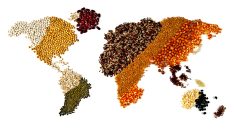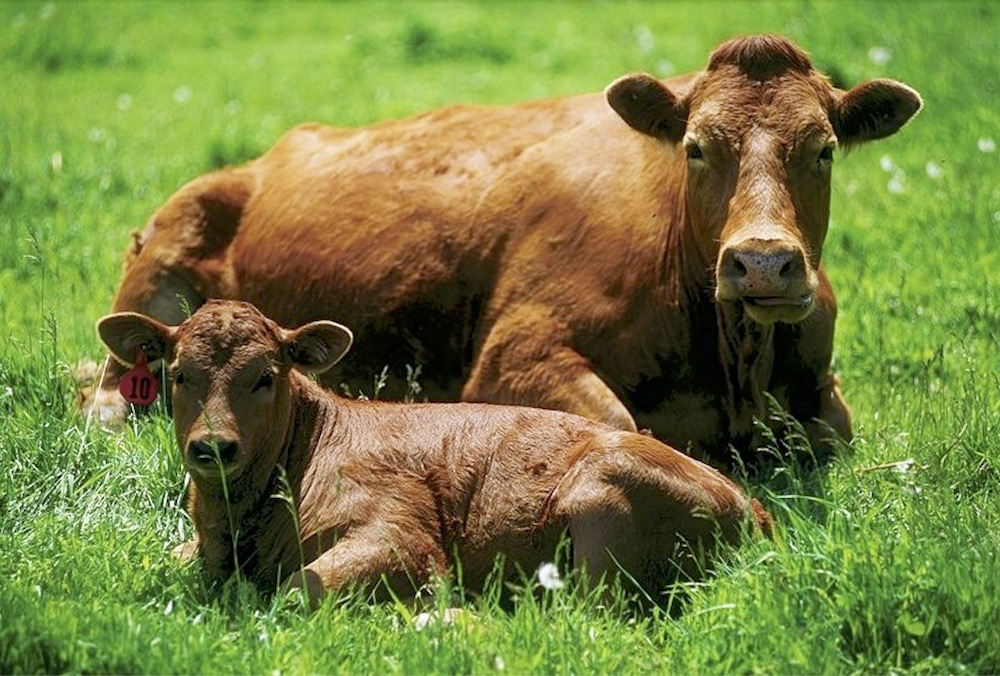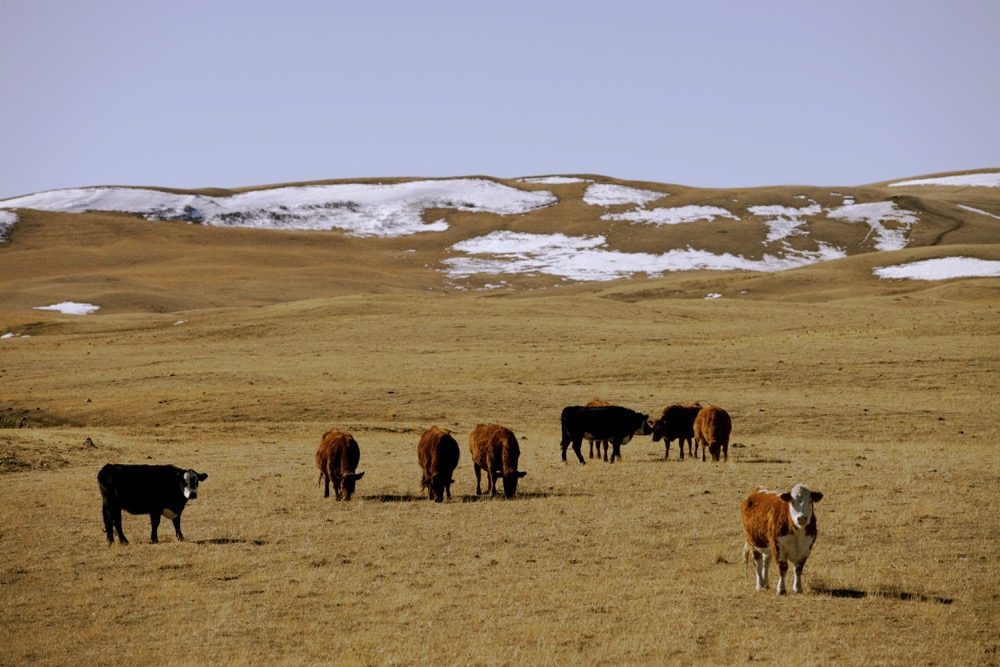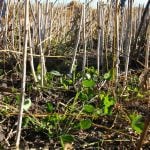It started as a potential narrative for agricultural peril with the question: “What is land for?” That got my attention and I was fostering the dismal thought of a counter defence. But the context of the question had deeper meaning. What will land be for?
Throughout history land has been fought for, won and lost as territory or domain. It rarely was kept strictly as a source of food production, (it didn’t matter if the poor were hungry). It has been one man’s or one county’s measure of wealth. The drawing of borders was a compromise often based on port access and elements of controlling transportation, population movement, politics, religion, precious metals and gems, and economic status.
Read Also
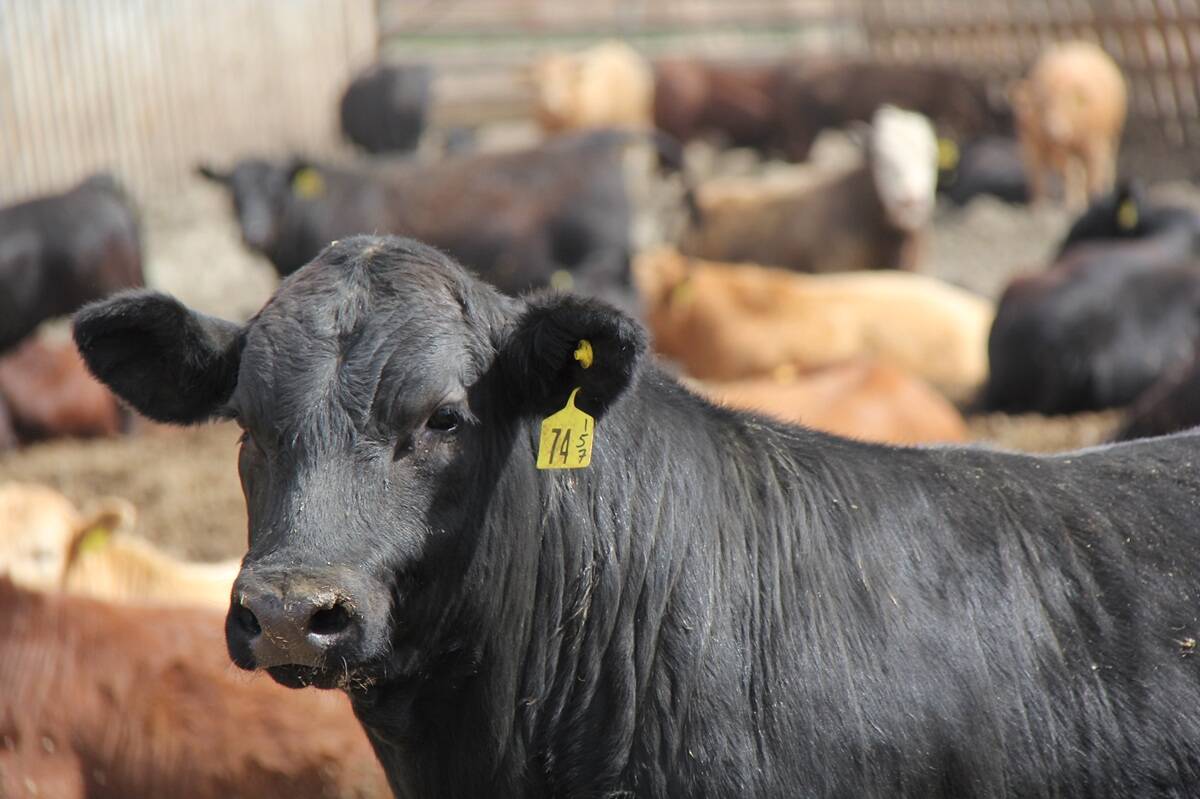
Mycoplasma bovis in beef cattle causes more than pneumonia
M. bovis causes pneumonia and is a major cause of infectious arthritis in calves and feeder cattle
As we face intensification over land issues, the conversation has shifted to what is termed as “sustainable intensification.” This, in my opinion, is entirely possible for the short term, but does not address the future. We can sustain green spaces, recycle, reduce waste, build up rather than out, provide food spaces and use food waste for fuel but that is only part of the cycle. Cities, burned out fields, land areas filled with bombs, deathly chemical residue from other industry, and dried aquifers all have one commonality: they can be intensely sustained but they cannot regenerate. And it is in regeneration, not in sustainability, where our future lies.
While every industry jumps on the sustainability bandwagon, there are a few visionaries of the future who see the world through a different lens. They understand soil must regenerate, not simply sustain. They understand air must regenerate, not sustain. They get that regardless of how we stock our oceans or clean our waters, a sea of plastic residue out there will keep the process sustainable but never regenerative.
- More ‘Straight from the hip’ with Brenda Schoepp: Celebrating the beef industry
Take a field of alfalfa. It sustains when we add fertilizer and that can be intensified. It regenerates when it has complementary species to hold the moisture to feed its amazing root, which can be tap or creeping, depending on the variety. These complementary friends slow the runoff and keep the soil cool. Its beautiful bloom is like a cluster of orchids and is a bit intimidating for honey bees but leaf cutter bees are great assets to the pollination process. Protection from wind that stresses the plant can be found in shelterbelts that are strategic in their location. This plant has an extraordinary life span when it is part of an ecosystem. It has a shorter life span when it is just sustained.
And in genetics, as we continue to eliminate outliers, single trait select, reduce seed varieties and foster co-dependency on single sources of life, we may intensely sustain agriculture but that is not regeneration.
In many European countries, even deeded farmland is open to the public. Access for the purpose of education or relaxation is deemed a public right in some countries while in others there is little or no access to private lands. The question becomes: which is the greater contributor to the health of a nation? The no trespassing sign that is nailed to the gate or the sign that says all are welcome, please report in for your safety and comfort? I cannot judge either way but am certain that if it were put to a public vote, reasonable access to land for the enjoyment of it, for healing or for the participation in viewing the story of food, would win over the idea that all people must stay out at all times.
So back to the question of what is land for? Urban sprawl has suffocated the highly productive lands as civilizations begin where there is food, water and access to the sea. The idea that fertile land fed our ancestors is only partly true as trade was the dominating factor. As we spread agricultural production into regions farther from urban centres, the soil changes and its lifespan is shorter if sustained. Regeneration is foundational.
What will land be for? The enjoyment of the public, waste disposal, trading pieces in the game of economic or political gain, food production, recreation, weapons, military testing, prisoners, wildlife, resource development, sequestering plants or government hoarding? If these seem unlikely, read the history books and how land and its borders were used to ensure economic power. Remember the walls that were built and the turmoil that creates to this day. Consider Canada’s arable acreage of under five per cent and ask yourself if that should be sustained or regenerated. And finally, imagine how your farm or ranch would adapt to public access.
I have said that even those who grow food on their balcony are also a part of agriculture. Not once has a farming audience agreed with that statement. Holding an elitist view without regard for the ecosystem in which we farm or ranch, only ensures that food production remains sustainable. By closing the door to the art of land regeneration and all the possibilities when one engages with someone outside of industry, we ensure our certain demise. Sharing our values is as important as protecting them. I would want for folks to grow their own food and to enjoy the process. Think of it this way, if there is ever an interruption in food delivery or transportation systems, those urban persons you love will go hungry.
This is not a narrative for agricultural peril but an invitation to think about the possible within and beyond the borders on our land: an invitation to bury our sustainable practices and revitalize our food production culture with regenerative systems.



